






BEIJING — Violence erupted Friday morning in a busy market area of the Tibetan capital, Lhasa, as Buddhist monks and other ethnic Tibetans brawled with Chinese security forces in bloody clashes. Witnesses said angry Tibetan crowds burned shops, cars, military vehicles and at least one tourist bus. State media said at least 10 people died.
The chaotic scene was the latest, and most violent, confrontation in a series of protests that began on Monday and now represent a major challenge to the ruling Communist Party as it prepares to play host to the Olympic Games in August. By Saturday morning, Chinese armored vehicles were reportedly patrolling the center of the city.
Beijing is facing the most serious and prolonged demonstrations in Tibet since the late 1980s, when it suppressed a rebellion there with lethal force that left scores, and possibly hundreds, of ethnic Tibetans dead. The leadership is clearly alarmed that a wave of negative publicity could disrupt its elaborate plans for the Olympics and its hopes that the games will showcase its rising influence and prosperity rather than domestic turmoil.
Thousands of Buddhists in neighboring India and Nepal took to the streets Friday in solidarity. Concerned that the protests might spread elsewhere in China, the authorities appeared to be moving the military police into other regions with large Tibetan populations.
Roughly 1,000 special police officers were deployed in the town of Bamei, in Sichuan Province, the site of a temple sacred to Tibetans, witnesses said by telephone on Friday. Residents in Lhasa, reached by telephone, said the authorities had placed much of the city under a curfew by Friday night while military police officers were blocking many city streets. One resident reported seeing armored vehicles in the center of the city.
The United States Embassy in Beijing warned American citizens on Friday not to travel to Lhasa. The embassy said it had “received firsthand reports from American citizens in the city who report gunfire and other indications of violence.”
In a meeting in Beijing on Friday, the United States ambassador to China, Clark Randt, urged Chinese officials to act with restraint, “and not resort to use of force in dealing with the protesters,” the State Department spokesman, Sean McCormack, told reporters.
The Chinese authorities blamed the Dalai Lama, the exiled spiritual leader of Tibet, for the violence and said the government would maintain stability in Lhasa. “The government of Tibet Autonomous Region said Friday there had been enough evidence to prove that the recent sabotage was ‘organized, premeditated and masterminded’ by the Dalai clique,” reported Xinhua, the Chinese government’s official news agency.
The Dalai Lama released a statement on Friday calling on both sides to avoid violence and appealing to China’s leaders to “address the long simmering resentment of the Tibetan people through dialogue with the Tibetan people.” A spokesman for the Dalai Lama called China’s accusations “absolutely baseless.”
The situation in Lhasa represents a complicated predicament for the Communist Party, which is now holding its annual meeting of the National People’s Congress in Beijing. Party leaders are already grappling with growing criticism of China’s domestic human rights record and its ties to Sudan, which the United States has accused of waging a genocidal campaign in its Darfur region.
In the past China has not hesitated to crush major protests in Tibet or to jail disobedient monks. President Hu Jintao, who is also the general secretary of the Communist Party, served as party boss in Tibet during a violent crackdown in 1989. His support for the bloody suppression of unrest that year earned him the good will of Deng Xiaoping, then the paramount leader, and led directly to his elevation to the Politburo Standing Committee and eventually to China’s top leadership posts.
But Chinese leaders may be more reluctant to order such heavy-handed tactics as Beijing prepares for the Olympics. On Friday, different accounts emerged about how the Chinese military police in Lhasa handled the demonstrations.
Radio Free Asia, a nonprofit news agency financed by the United States government, quoted Tibetan witnesses who described police officers firing into crowds of protesters and killing at least two people in the city’s ancient Barkhor area. On Saturday morning, Radio Free Asia quoted witnesses who described seeing dead bodies around Lhasa.
Later on Saturday Xinhua reported 10 deaths had been confirmed.
Friday’s sharp escalation in violence, and the sense of dread described by several residents, came a day after China’s Foreign Ministry told reporters that the situation in Lhasa had stabilized. The protest started Monday when Buddhist monks began peaceful protests against religious restrictions by Chinese authorities. The police arrested 50 or 60 monks, but other protests followed Tuesday and Wednesday as monks in two different monasteries took to the streets.
The apparent epicenter of Friday’s protests was the Tromsikhang Market, a large, concrete structure built in the Barkhor area by the Chinese authorities in the early 1990s. “It’s chaos in the streets,” said a person who answered the telephone at a bread shop near the market.
What actually set off the violence is unclear, as accounts differed between Chinese and Tibetan residents. Monks from the Ramoche Temple, a short walk from the market, reportedly began to march in the Barkhor area. The Ramoche monks intended to protest the rough treatment of monks who had marched earlier in the week, according to a Tibetan rights advocate in the United States who has communicated with people in Lhasa.
When police officers began beating the monks, Tibetans rioted in the Barkhor area, the advocate said. Angry mobs set fire to a police car and a store owned by a Chinese shopkeeper, said the advocate, who refused to be publicly identified for fear of reprisals.
But a Chinese travel agent in Lhasa, reached by telephone, said Tibetans had instigated the violence and set fire to an empty tour bus parked outside the Ramoche Temple. Another Chinese resident described 50 or 60 young Tibetans burning stores owned by Chinese merchants as well as two fire trucks and two police cars.
“I saw someone who was dead and covered in a sheet,” the Chinese resident said in a telephone interview. “The Tromsikhang market was destroyed, except for the shops owned by Tibetans. I heard a soldier shouting, ‘Please go home and stop fighting!’ ”
News agencies also reported clashes between monks from Ramoche Temple and military police officers. “The monks are still protesting,” one witness told The Associated Press. “Police and army cars were burned. There are people crying. Hundreds of people, including monks and civilians, are in the protests.”
Radio Free Asia reported that Tibetan protesters were waving traditional white scarves and shouting, “Free Tibet.” The agency said the riots began about 10 a.m. and had largely quieted down by 3:30 p.m., after the paramilitary police were mobilized.
Meanwhile, anxious tourists stranded in Lhasa posted worried comments on online forums for travelers. “The situation seems to be very nervous and paranoid up here,” wrote one person in broken and misspelled English in a chat room sponsored by the Lonely Planet tour guide. “There is police and military everwher. Suddenly you would see policeman running and rushig somewhere”
The ethnic friction evident in Friday’s violence has long simmered just below the surface in Lhasa. For more than two decades, a steady influx of Chinese migrants has transformed and stratified the city. A newer, Chinese section of Lhasa is focused along Beijing Road and is lined with shops and concrete buildings.
But the older Tibetan neighborhoods emanate from the Jokhang, the most sacred temple in Tibet, and the Potala Palace, the former residence of the Dalai Lama. Tibetans also have complained that Chinese merchants now control most of the tourist shops in the Barkhor area.
The protests in Lhasa coincided with the anniversary of a failed 1959 Tibetan uprising against Chinese rule that forced the Dalai Lama to flee to India. Groups that promote Tibetan independence have marked the anniversary with demonstrations around the world, including in India, where a group of advocates tried to march to Tibet.
But the unexpected demonstrations in Lhasa are the largest Tibetan protests against Chinese rule since 1989. Military police officers and soldiers are now reportedly surrounding the three monasteries that were at the center of the protests earlier this week. Two monks have reportedly tried to kill themselves, while pro-Tibetan groups say others have started a hunger strike.
In its travel warning, the United States Embassy in Beijing advised American tourists in Lhasa to “seek safe havens in hotels and other buildings and remain indoors.”
“All care should be taken to avoid unnecessary movement within the city until the situation is under control,” it said.
On Friday night, the Chinese resident living in the Barkhor area said his family was huddled at home with the lights turned off. He said he could hear shouting on the streets outside and feared for the safety of his family.
The New York Times
http://www.rlsgeek.com/
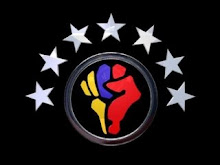



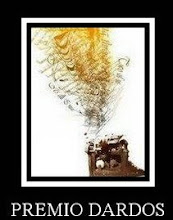











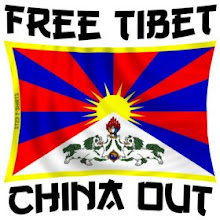





























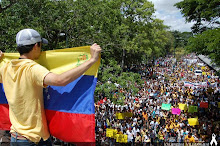





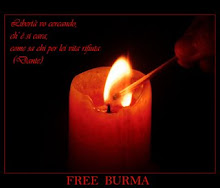

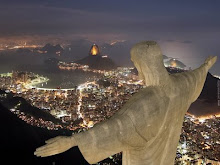




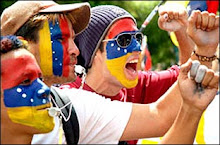



























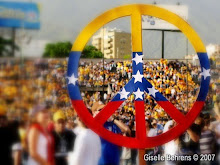





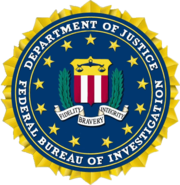



















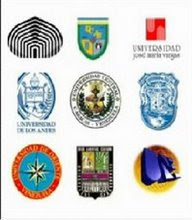


1 comentario:
togel online
bandar togel terpercaya
agen togel
judi togel
Publicar un comentario